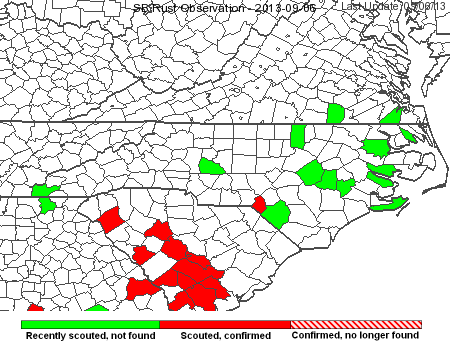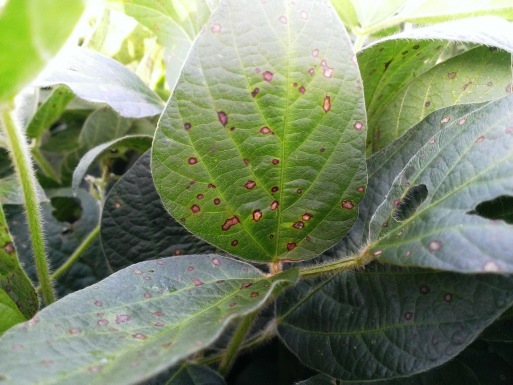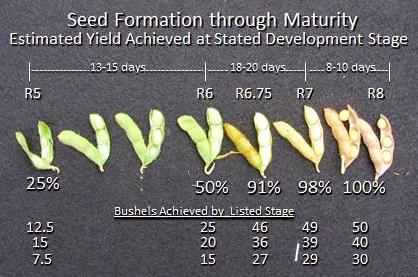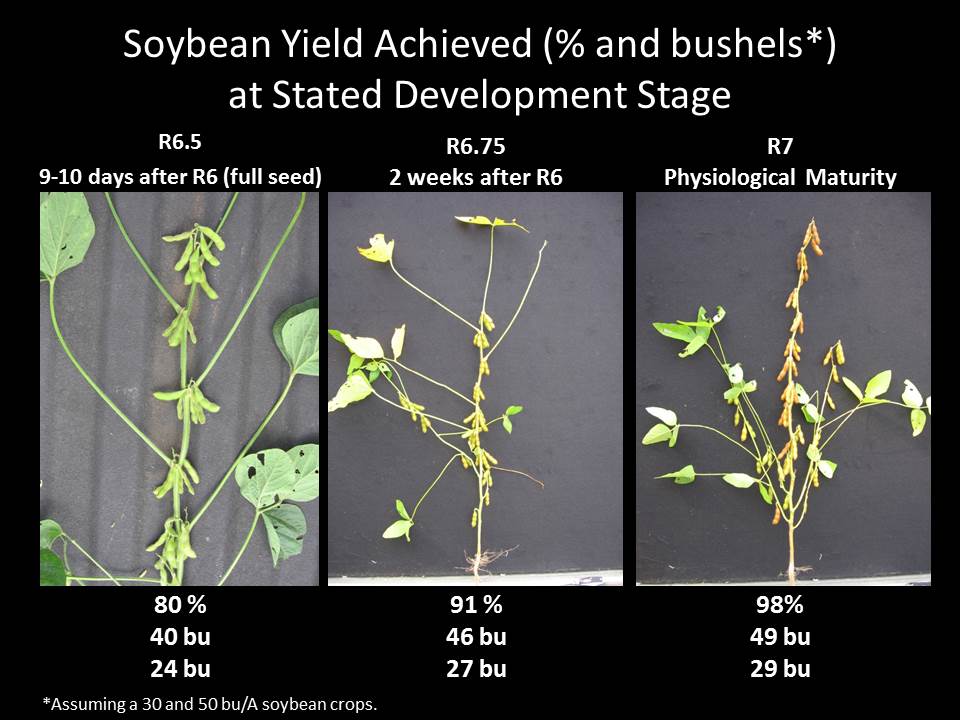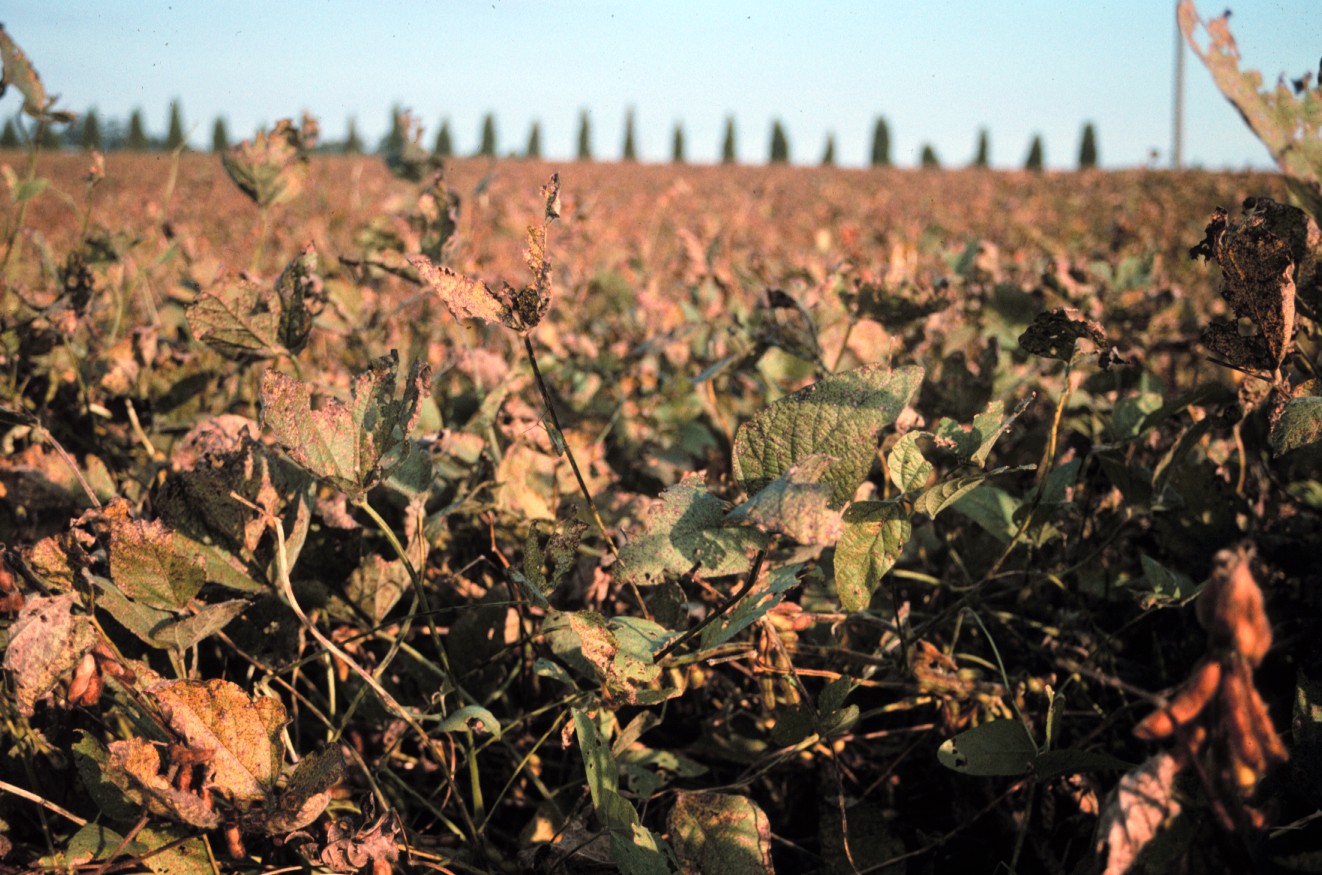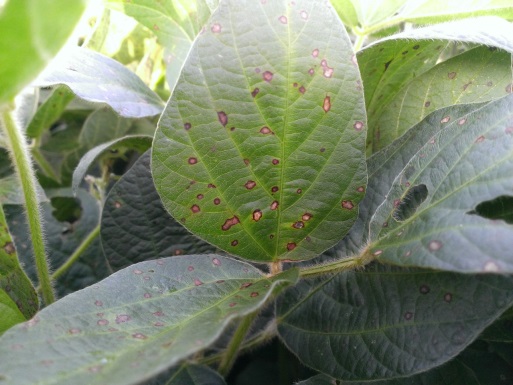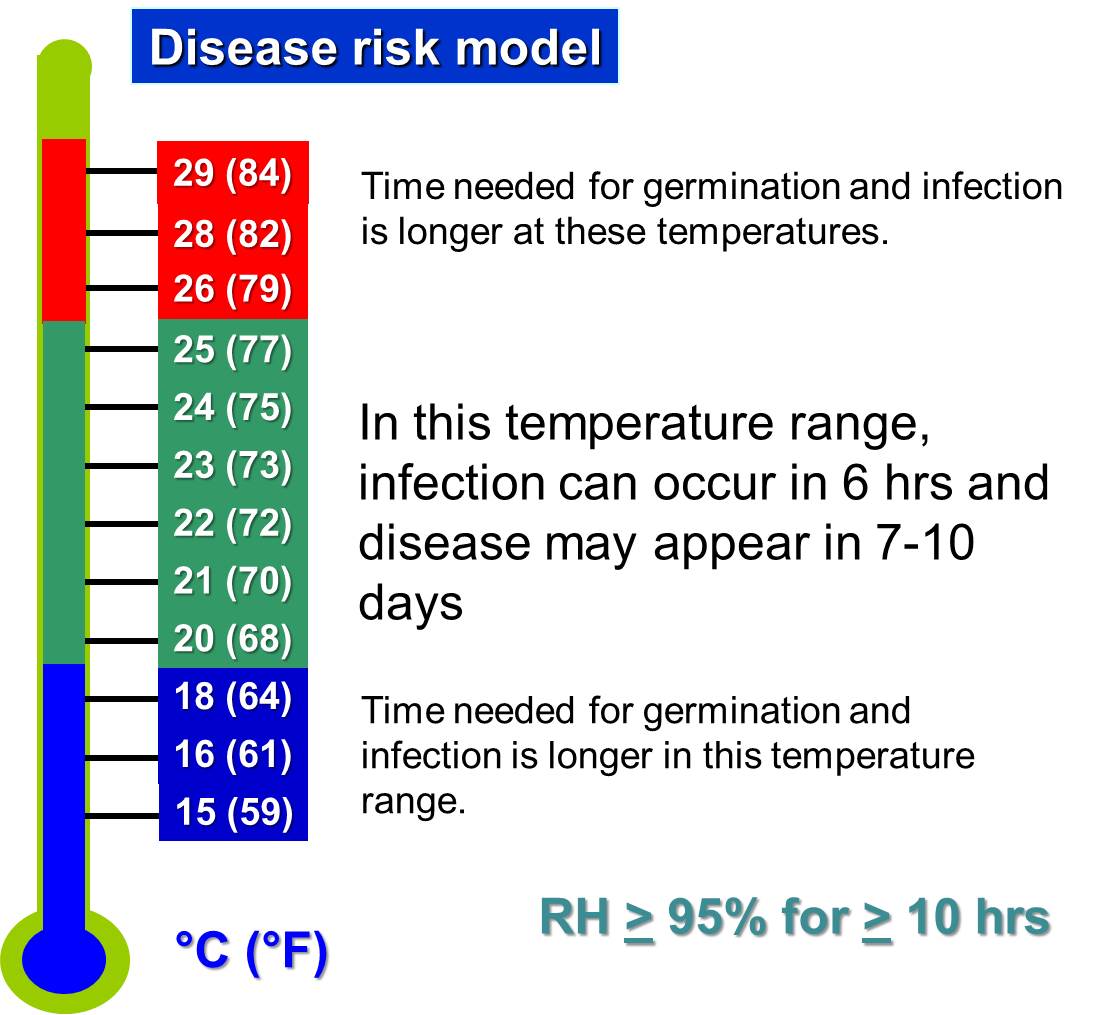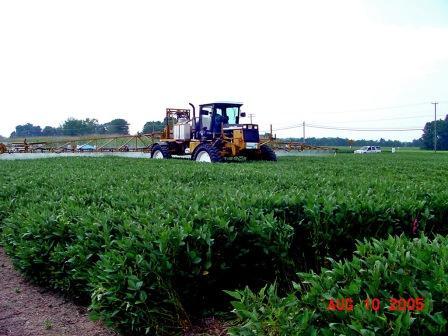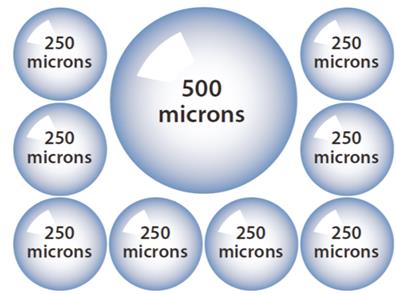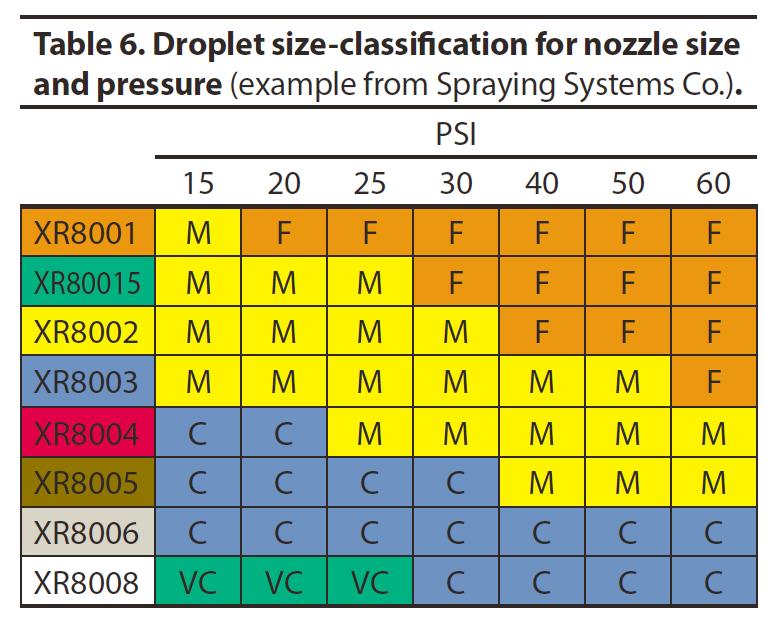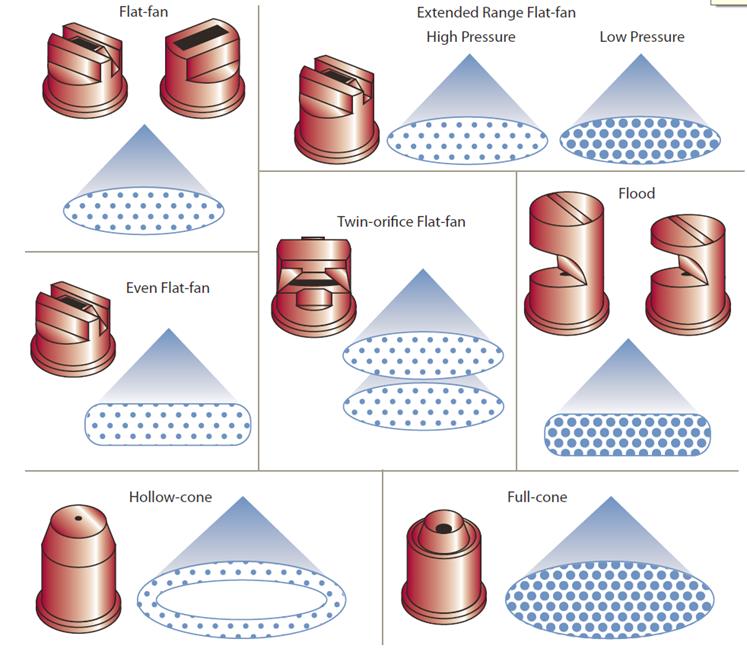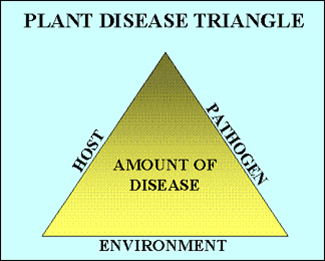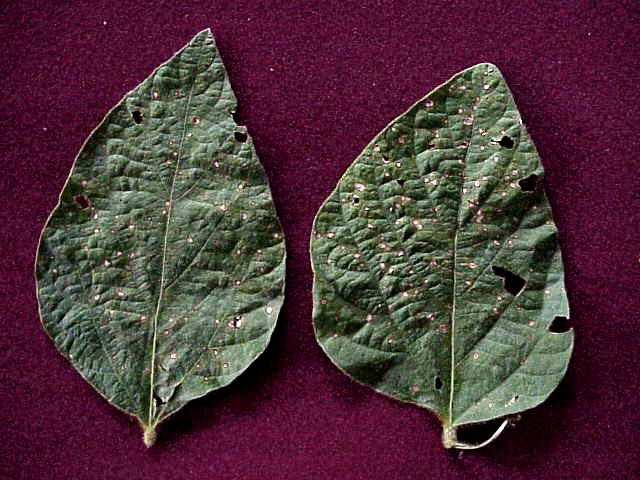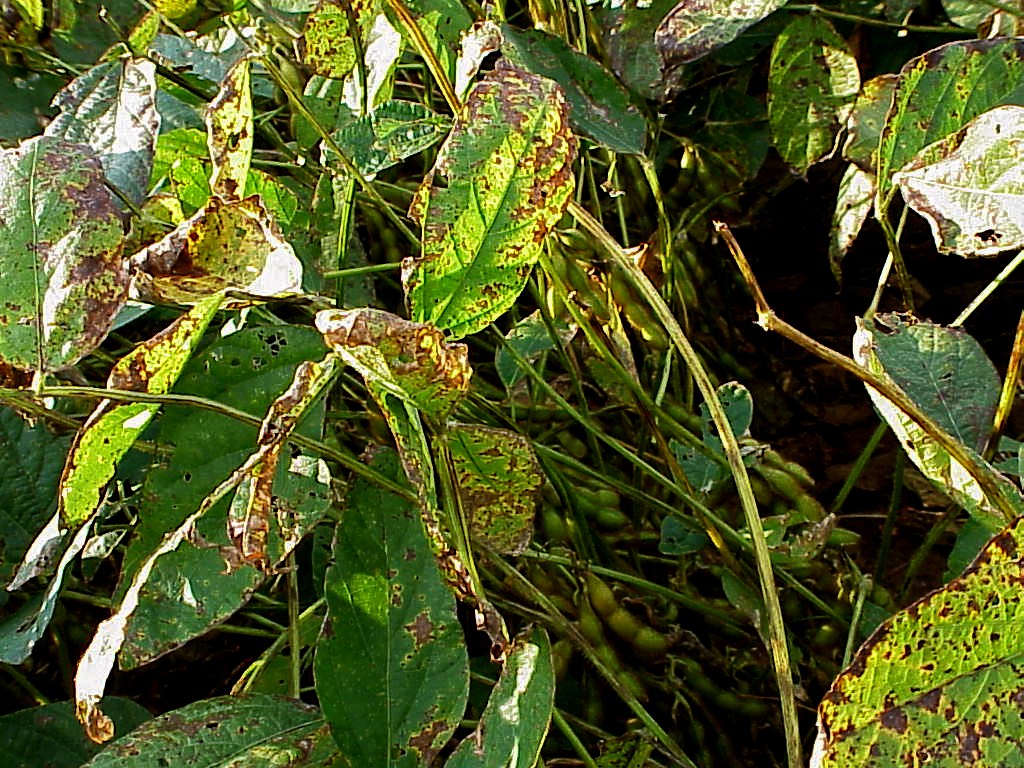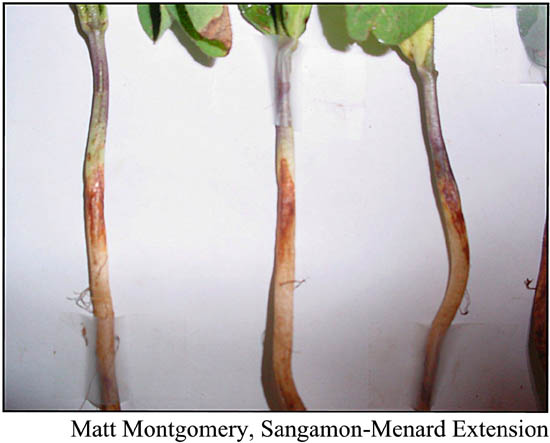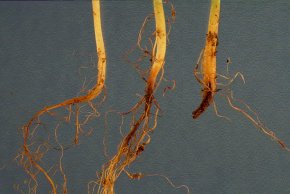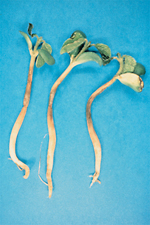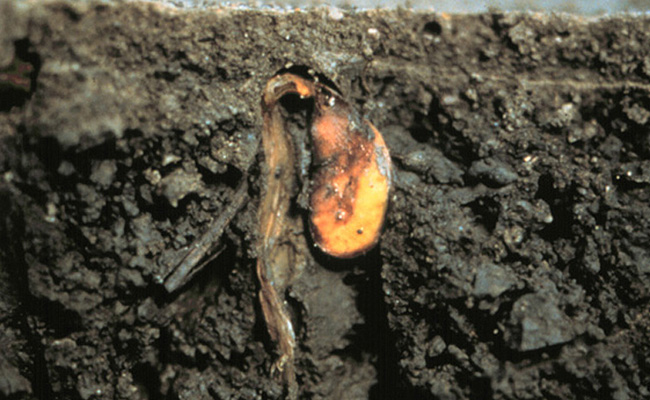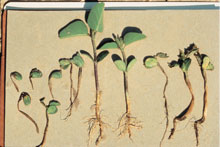Soybean Rust Update: September 18, 2013
On September 17, 2013 soybean (SBR) rust was observed and confirmed on soybean leaves collected from the Tidewater AREC sentinel plots on September 5. Suffolk is the only county in Virginia thus far with confirmed soybean rust, but we will now intensify our scouting efforts throughout the soybean-growing regions of the state. Extension agents and growers should continue scouting for SBR in their respective counties and submit soybean leaves to the Tidewater AREC Plant Disease Clinic for evaluation of SBR and other foliar disease.
So far in 2013, SBR has been confirmed on soybeans in 185 counties/parishes in 10 states in the U.S. (AL, GA, FL, MS, LA, SC, AR, NC, TN, and VA) including two counties in North Carolina and one county in SE Virginia.
Soybean sentinel plots and commercial fields are monitored annually for early detection of SBR and tracking of disease spread. Data are used to make recommendations for timely applications of fungicide sprays for control of SBR. Since August, soybean leaflets from sentinel plots at the Virginia Tech Tidewater AREC in Suffolk, VA have been evaluated on a weekly basis, and as in prior years, the first report of SBR in Virginia was from one of these sentinel plots. Other diseases in soybeans at this time include Cercospora blight, brown spot, frogeye leaf spot, and anthracnose.
Risk of yield loss in soybean is minimal if SBR is detected following the R6 development stage. However, growers with soybeans that have not yet reached the R6 stage should consider spraying fungicides for control of SBR (triazole or pre-mix fungicide). This is particularly relevant for late-maturing/double-cropped soybean.
As part of the scouting effort and to track the spread of SBR throughout Virginia, extension agents are encouraged to submit soybean leaf samples (50 leaflets per sample) for evaluation of soybean rust and other diseases. Moisture is required for infection and development of SBR, so it is best to collect leaves from fields shaded from the sun in the morning since these areas will hold moisture within the canopy longer. A detailed protocol for scouting SBR is attached. Samples should be submitted to the Tidewater AREC with the attached SBR diagnostic form.
Some sources for more detailed information on SBR are listed below:
The USDA soybean rust website (up-to-date reports of SBR incidence)
Virginia Asian Soybean Rust website (Virginia Cooperative Extension)
http://www.ppws.vt.edu/ipm/soybeanrust/index.htm
Hillary L. Mehl, Ph.D.
Assistant Professor of Plant Pathology
Virginia Tech Tidewater AREC
6321 Holland Road
Suffolk, VA 23437
Telephone: (757) 657-6450
Cell: (530) 906-0807
email: hlmehl@vt.edu

